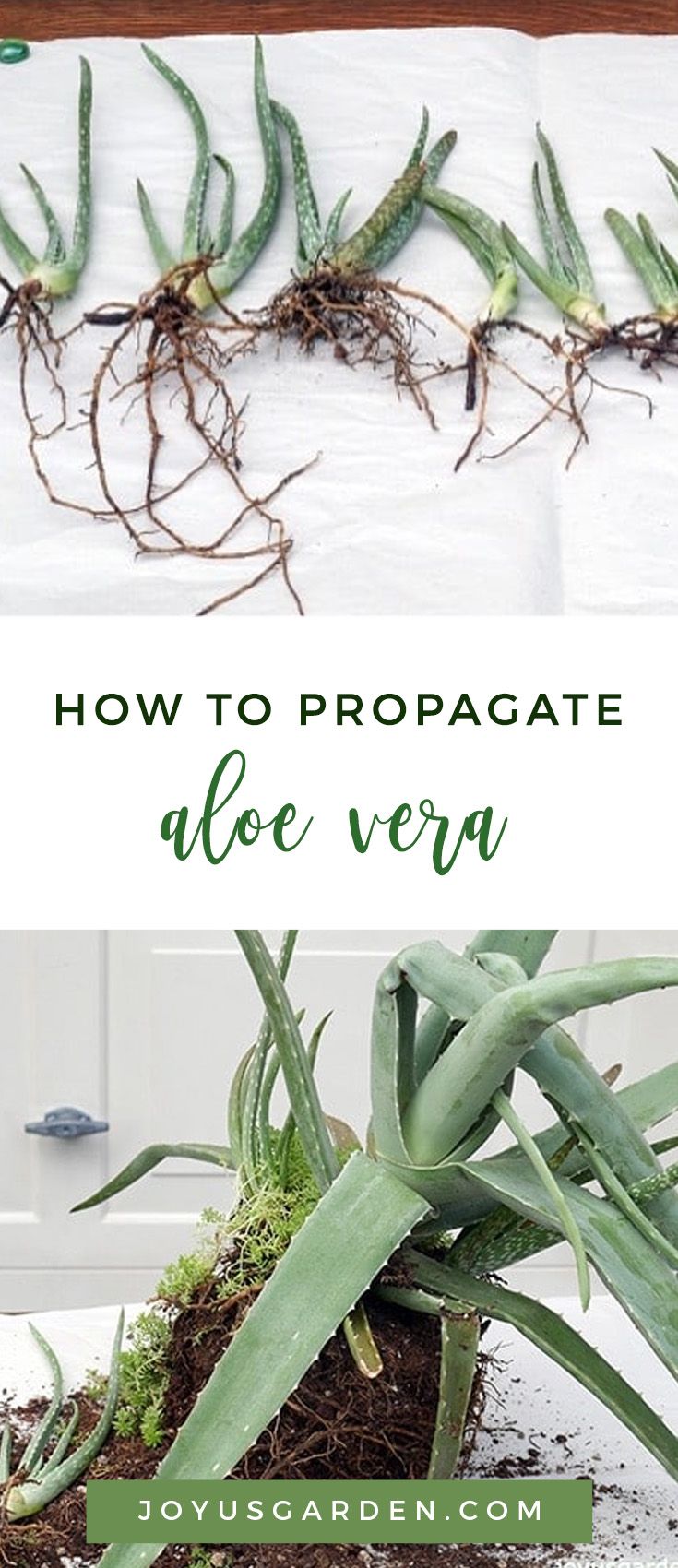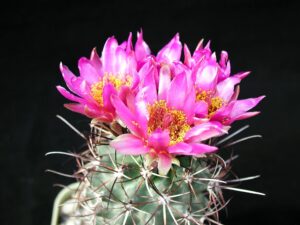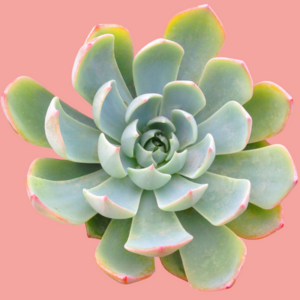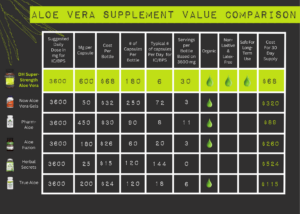Propagating an Aloe Plant: How to Successfully Grow Aloe from Cuttings
The intrigue surrounding the Aloe plant is easily understood. Known for its striking appearance and multitude of uses, this succulent has become a staple in many households. However, one compelling aspect that garners special attention is its ability to propagate with relative ease. Understanding how to propagate an Aloe plant from cuttings allows enthusiasts to not only expand their collection but also to delve deeper into the botanical wonders enveloping the world of succulent growth. This article will unravel the nuances of Aloe propagation and explore both the practical and the philosophical reasons behind the fascination with this succulent marvel.
Understanding Aloe: A Plant Worthy of Cultivation
The Aloe plant, particularly the Aloe vera species, is renowned for its myriad of uses, ranging from skincare to culinary applications. Its leaves, filled with a viscous gel, are sought after for their soothing properties. Beyond mere utility, the Aloe’s resilience and unique morphology find the plant a place in many gardens and homes, offering an aesthetic appeal that has not gone unnoticed. Now, it is time to dissect the process of propagation, as the opportunity to nurture and grow additional Aloe specimens lies in the art of cuttings.
Choosing the Right Aloe Plant for Propagation
Before embarking on the propagation journey, selecting the appropriate mother plant is quintessential. Look out for healthy specimens, characterized by ample leaf size, vibrant coloration, and a robust structure devoid of blemishes or signs of disease. A lush, thriving Aloe plant will have a higher success rate when it comes to producing viable cuttings. Additionally, it is prudent to consider the time of the year; spring and early summer are ideally suited for Aloe propagation, as these seasons stimulate growth and recovery.
Gathering Tools and Supplies for Success
Your toolkit for Aloe propagation should include several fundamental items:
- Sharp, sterilized scissors or pruning shears
- Clean potting soil, preferably a mix that promotes drainage
- Small pots or containers for planting cuttings
- Watering can with a fine spout
- A humid environment, potentially provided by a propagation dome or greenhouse
Choosing soil that retains some moisture while allowing excess to drain is vital. Aloe plants are susceptible to root rot; thus, well-draining soil is crucial. Utilizing a cactus or succulent mix can yield promising results.
Mastering the Cutting Technique
To initiate the propagation process, it is necessary to obtain cuttings from the mother plant. Begin by selecting a mature leaf, preferably one that is at least six inches in length. Using your sterilized scissors, sever the leaf close to the base of the plant, taking care to ensure the cut is smooth and clean. As a precaution, it is wise to allow the cutting to heal for a day or two in an upright position, facilitating callous formation at the cut end. This critical step prevents moisture loss and minimizes the risk of rot when planted.
Planting the Aloe Cuttings
Once the cut end has formed a callous, it’s time to plant your Aloe cutting. Choose a small pot and fill it with your chosen potting mix, making a small hole with your finger or a stick for the cutting. Insert the cutting carefully and gently press the soil around it to secure it in place. The soil should not be too compact, as this could hinder root development. After planting, lightly moisten the soil, but avoid overwatering, as the cutting is still vulnerable.
Creating an Ideal Environment
Providing the right environment is key after planting. A bright location with indirect sunlight is typically optimal for Aloe propagation. Direct sunlight might scorch the leaf while it is still acclimatizing. To maintain humidity, placing the cutting in a translucent plastic bag or under a propagation dome can create a suitable microenvironment. Monitor the soil moisture regularly, ensuring it remains damp but not soggy.
Patience and Care: The Seeds of Home Gardening
As days turn into weeks, it is vital to exercise patience, as new roots will take time to develop. In most cases, you can expect root formation within three to four weeks. Signs of success include new leaf growth or a slight change in the cutting’s vigor. Once rooted, the Aloe plant can be gradually acclimatized to normal conditions, increasing exposure to sunlight and reducing humidity as appropriate.
The Allure of Cultivating Aloe
The excitement of cultivating Aloe does not lie solely in the growing process but extends beyond that to the life lessons enshrined within the succulent’s growth. Nurturing an Aloe plant through cuttings speaks to the deeply embedded human desire to foster life. It symbolizes resilience, transformation, and the promise of growth against seemingly insurmountable odds. This fascination goes further than just horticulture; it invites ponderings about sustainability, self-sufficiency, and the intricate relationships we share with nature.
Conclusion: Propagation Beyond Practicality
Mastering the propagation of an Aloe plant from cuttings serves as an engaging venture for plant enthusiasts. The process encapsulates the balance of patience, care, and the intrinsic rewards of nurturing life. By cultivating an appreciation for the intricacies of this succulent, one finds a profound connection to the natural world, allowing for an enriching experience that transcends mere growth. Whether for personal fulfillment, practical benefits, or ecological understanding, the art of Aloe propagation captivates and inspires, encouraging deeper explorations into the vibrant tapestry of plant life.





Leave a Comment